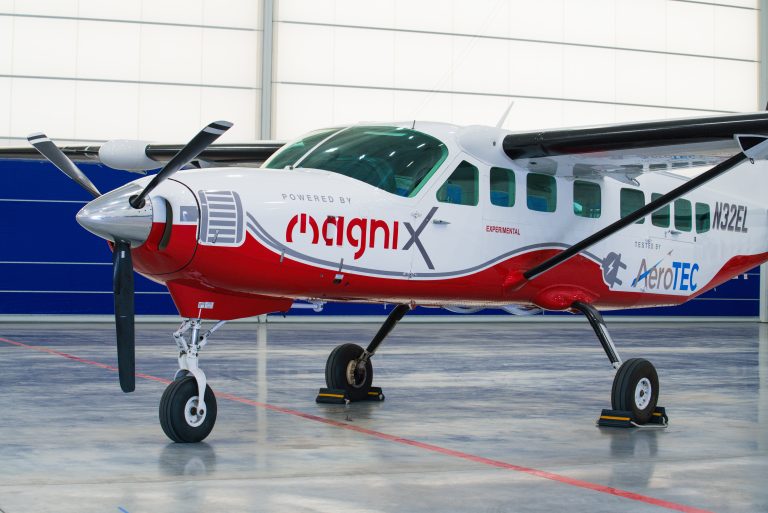That’s an excellent point.
I wonder how this is addressed? Heating the battery is one obvious way. It must have been addressed with electric cars.
I’ve just popped “downstairs” where they work on electric cars and the way it is addressed there is a combination of:
Seeing the technology, it is clear countless millions were spent on developing these systems. Even in a cheap electric car the engineering effort is really impressive. It’s a million miles away from GA engineering as we know it.
When we fly enroute we set mixture to a known fuel flow. We know what is in the tanks and that we will get to our destination no matter what the temperature is outside.
In an electric plane we can never be sure or….?
“Declaring an emergency due to early battery depletion”.
I’d wager the battery status of a properly designed electric aircraft would be more ‘knowable’ than the fuel status of your average spamcan.
hmng wrote:
In the mean time, Siemens, which looked like it had a long term, strategical view on electrical propulsion, has sold the unit to Rolls Royce
Well, at some point the knowledge and experience in the industry and about the process of which the particular technology shall exist, will become essential. Sounds like a good move from Rolls Royce (as well as Siemens), and may have been the plan all from the start. The two companies have done the same for gas turbines a few years ago, only the other way around.
I am puzzled why Siemens thought they won’t make money out of it, while RR thought they can.
My view is that neither is going to make money out of it 
But RR have their fingers in an awful lot of pies. For example, in the 40kt+ ferries which are now seen around the Greek islands, you find GE engines driving RR “ducted propellers”. So maybe they found something… or maybe they just want more “green” credentials and this is a great way to get green press coverage.
Peter wrote:
I am puzzled why Siemens thought they won’t make money out of it, while RR thought they can.
I think for RR its an exercise in hedging bets, and more immediately in maintaining relationships with customers and with government agencies that are often their ultimate funding source. Those customers and agencies are doing electric propulsion R&D in order to be perceived as relevant in a ‘hot’ area – regardless of expectations for success in regard to current applications.
Siemens can now claim that they were a pioneer and transitioned the technology to an aircraft OEM… a statement which from now forward will cost them nothing.
Socata are getting onto the electric act

I would find the photoshop skills quite useful 
An electric Caravan will be flying this year. 1000 miles endurance it seems.

That aircraft conversion is simply a proving bed for a 750HP electric engine, and makes no claims about the range or speed of that particular aircraft.
The 1,000NM range presumably comes from the sentence “electric aviation has the ability to immediately disrupt ‘Middle Mile’ transit – passenger and commercial transportation up to 1,000 miles”.
I cannot understand why reasonably intelligent and knowledgeable people like pilots continue to fall for claims, explicit or implied, that defy the laws of physics (nearly same range electric as with conventional power) or bureaucracy (“certified / soon to be certified / first next month”).
And again, the basic arithmetic:
On the “good news” front – if you crammed in the maximum amount of batteries it could carry, you could get 300 kW and fly for an hour, which would get you 150 miles without reserve – and without payload.
Cobalt wrote:
I cannot understand why reasonably intelligent and knowledgeable people like pilots continue to fall for …
Not that difficult. They say selling private aircraft is selling dreams. This is the same principle. Without those dreamers, there would be no aircraft at all. Nothing else either for that matter.